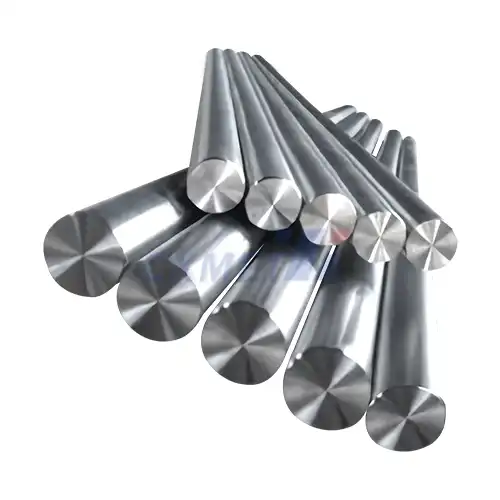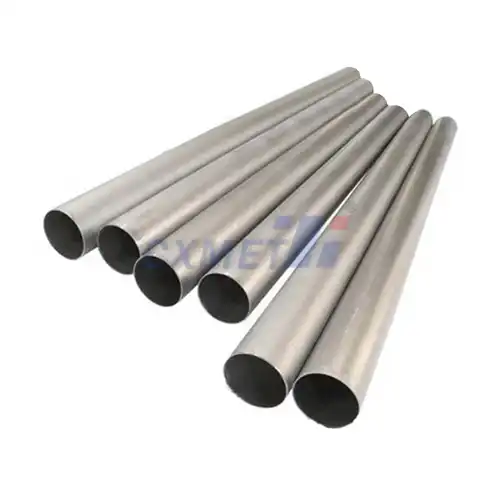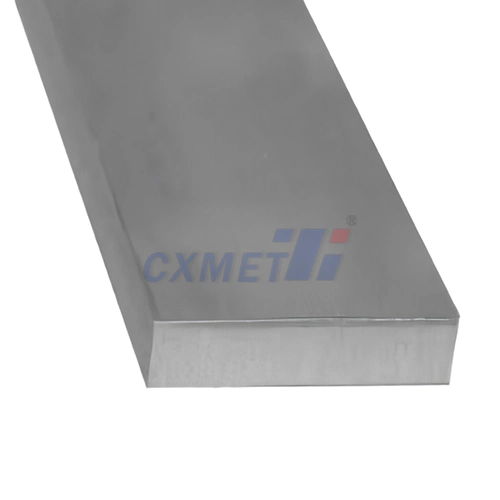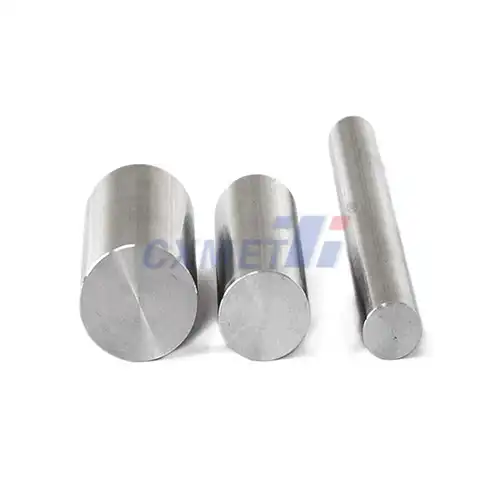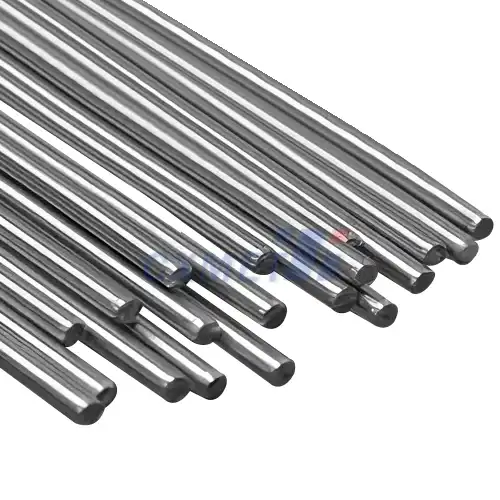- English
- French
- German
- Portuguese
- Spanish
- Russian
- Japanese
- Korean
- Arabic
- Greek
- German
- Turkish
- Italian
- Danish
- Romanian
- Indonesian
- Czech
- Afrikaans
- Swedish
- Polish
- Basque
- Catalan
- Esperanto
- Hindi
- Lao
- Albanian
- Amharic
- Armenian
- Azerbaijani
- Belarusian
- Bengali
- Bosnian
- Bulgarian
- Cebuano
- Chichewa
- Corsican
- Croatian
- Dutch
- Estonian
- Filipino
- Finnish
- Frisian
- Galician
- Georgian
- Gujarati
- Haitian
- Hausa
- Hawaiian
- Hebrew
- Hmong
- Hungarian
- Icelandic
- Igbo
- Javanese
- Kannada
- Kazakh
- Khmer
- Kurdish
- Kyrgyz
- Latin
- Latvian
- Lithuanian
- Luxembou..
- Macedonian
- Malagasy
- Malay
- Malayalam
- Maltese
- Maori
- Marathi
- Mongolian
- Burmese
- Nepali
- Norwegian
- Pashto
- Persian
- Punjabi
- Serbian
- Sesotho
- Sinhala
- Slovak
- Slovenian
- Somali
- Samoan
- Scots Gaelic
- Shona
- Sindhi
- Sundanese
- Swahili
- Tajik
- Tamil
- Telugu
- Thai
- Ukrainian
- Urdu
- Uzbek
- Vietnamese
- Welsh
- Xhosa
- Yiddish
- Yoruba
- Zulu
What are the Development Trends Involving Niobium Bar?
2024-08-30 11:47:06
Niobium bar, a versatile and high-performance material, has been gaining significant attention across various industries due to its unique properties and potential applications. As we delve into the development trends surrounding niobium bar, it's crucial to understand its growing importance in advanced technologies and industrial processes. Niobium, a transition metal with exceptional strength-to-weight ratio, corrosion resistance, and superconducting properties, has become a key player in pushing the boundaries of innovation in aerospace, energy, and advanced materials sectors.
How is niobium bar used in the aerospace industry?
The aerospace industry has long been at the forefront of materials innovation, constantly seeking lighter, stronger, and more durable components to enhance aircraft performance and efficiency. Niobium bar has emerged as a game-changer in this sector, offering a unique combination of properties that make it ideal for various aerospace applications.
One of the primary uses of niobium bar in aerospace is in the production of high-strength, low-alloy (HSLA) steels. These steels, containing small amounts of niobium, exhibit exceptional strength and toughness while maintaining relatively low weight. This characteristic is crucial for aircraft structural components, where every gram saved translates to improved fuel efficiency and increased payload capacity. Niobium-containing HSLA steels are commonly used in landing gear components, wing structures, and fuselage reinforcements.
Moreover, niobium bar finds application in the manufacturing of advanced jet engine components. The high melting point and excellent heat resistance of niobium make it an ideal material for parts exposed to extreme temperatures, such as turbine blades and combustion chambers. By incorporating niobium alloys, engine manufacturers can design more efficient and powerful propulsion systems that can withstand higher operating temperatures, leading to improved thrust-to-weight ratios and reduced fuel consumption.
Another exciting development trend in aerospace involving niobium bar is its use in additive manufacturing or 3D printing. As the industry moves towards more complex geometries and customized parts, niobium-based alloys are being explored for their compatibility with advanced manufacturing techniques. The ability to 3D print niobium components opens up new possibilities for lightweight, high-performance structures that were previously impossible or impractical to produce using traditional manufacturing methods.
Furthermore, niobium's superconducting properties are being harnessed in the development of next-generation aircraft electrical systems. With the aviation industry gradually shifting towards more electric aircraft designs, niobium-based superconductors could play a crucial role in creating highly efficient, lightweight power distribution systems and electric propulsion technologies.
As the aerospace industry continues to push the boundaries of performance and efficiency, the demand for niobium bar is expected to grow. Research and development efforts are ongoing to further optimize niobium alloys for specific aerospace applications, potentially leading to even more innovative uses of this remarkable material in future aircraft designs.
What are the advantages of niobium bar in superconducting applications?
Superconductivity, the phenomenon of zero electrical resistance and magnetic field expulsion in certain materials at extremely low temperatures, has long been a subject of intense scientific research and technological development. Niobium bar has emerged as a critical material in this field, offering several distinct advantages that make it indispensable for a wide range of superconducting applications.
One of the primary advantages of niobium bar in superconducting applications is its relatively high critical temperature (Tc) among elemental superconductors. With a Tc of about 9.3 Kelvin (-263.85°C), niobium becomes superconducting at a temperature that, while still very low, is achievable with modern cryogenic technology. This property makes niobium-based superconductors more practical and cost-effective for real-world applications compared to materials with lower critical temperatures.
Furthermore, niobium exhibits excellent mechanical properties even at cryogenic temperatures, maintaining its ductility and strength. This characteristic is crucial for the fabrication of superconducting wires, coils, and other components that must withstand the stresses associated with intense magnetic fields and thermal cycling. The ability to form niobium into various shapes, including bars, wires, and thin films, allows for versatile design options in superconducting devices.
Niobium-based alloys, particularly niobium-titanium (NbTi) and niobium-tin (Nb3Sn), have become the workhorses of the superconducting magnet industry. These alloys offer superior critical current densities and can maintain their superconducting state in high magnetic fields, making them ideal for applications such as Magnetic Resonance Imaging (MRI) machines, particle accelerators, and fusion reactors. The development of advanced niobium alloys continues to push the boundaries of achievable magnetic field strengths, enabling new scientific discoveries and medical imaging capabilities.
In the realm of quantum computing, niobium has proven to be an excellent material for fabricating superconducting qubits. The stability and coherence properties of niobium-based quantum circuits have made them a leading candidate for scaling up quantum processors. As the race for quantum supremacy intensifies, research into optimizing niobium-based qubits and associated circuitry remains a hot topic in the field.
Another significant advantage of niobium in superconducting applications is its role in Superconducting Radio Frequency (SRF) cavities. These cavities, used in particle accelerators and advanced light sources, benefit from niobium's ability to maintain high quality factors and accelerating gradients. Ongoing research focuses on improving the surface properties of niobium cavities to achieve even higher performance, potentially revolutionizing particle physics experiments and synchrotron light sources.
As the demand for more efficient and powerful superconducting devices grows, the development of niobium bar and its alloys continues to evolve. Researchers are exploring new fabrication techniques, surface treatments, and alloying strategies to enhance the superconducting properties of niobium-based materials further. This ongoing innovation promises to unlock new possibilities in fields ranging from energy storage and transmission to quantum technologies and beyond.
How does niobium bar contribute to the renewable energy sector?
The global push towards renewable energy sources has created a surge in demand for advanced materials that can improve the efficiency, durability, and performance of clean energy technologies. Niobium bar has emerged as a valuable contributor to this sector, offering unique properties that address several challenges in renewable energy production and storage.
One of the most significant contributions of niobium bar to the renewable energy sector is in the development of more efficient wind turbines. The addition of small amounts of niobium to the steel used in wind turbine components, such as the tower and rotor blades, results in stronger, lighter structures. This weight reduction allows for taller towers and longer blades, enabling wind turbines to capture more energy from higher-altitude winds. Moreover, the increased strength and durability of niobium-containing steels extend the lifespan of wind turbines, reducing maintenance costs and improving the overall economics of wind energy projects.
In the solar energy sector, niobium is playing an increasingly important role in the development of next-generation photovoltaic cells. Research has shown that incorporating niobium oxide into certain types of solar cells can enhance their light absorption properties and improve overall efficiency. Additionally, niobium-based materials are being explored for use in transparent conductive coatings for solar panels, offering a potential alternative to traditional indium-based coatings that are facing supply constraints.
Energy storage is another critical area where niobium bar is making significant contributions. The development of advanced batteries and supercapacitors is crucial for managing the intermittent nature of renewable energy sources like wind and solar. Niobium-based materials are being investigated for use in battery electrodes and electrolytes, potentially offering higher energy density, faster charging rates, and improved cycle life compared to conventional lithium-ion batteries. In particular, niobium titanium oxide has shown promise as an anode material for fast-charging batteries, which could revolutionize electric vehicle technology and grid-scale energy storage.
Hydrogen production and storage, key components of the emerging hydrogen economy, are also benefiting from niobium technology. Niobium-based alloys are being developed for use in electrolyzers, which split water into hydrogen and oxygen. These materials offer improved efficiency and durability in the harsh conditions of electrolysis. Furthermore, niobium's ability to form hydrides makes it a candidate for solid-state hydrogen storage systems, potentially offering safer and more compact alternatives to high-pressure gas storage.
In the field of geothermal energy, niobium-containing alloys are being explored for their excellent corrosion resistance and high-temperature strength. These properties make them ideal for use in geothermal well casings and heat exchangers, which are exposed to hot, corrosive fluids deep underground. By extending the lifespan and reliability of geothermal equipment, niobium-based materials can help improve the economic viability of this renewable energy source.
As the renewable energy sector continues to grow and evolve, the demand for niobium bar and its derived products is expected to increase. Ongoing research and development efforts are focused on optimizing niobium alloys for specific renewable energy applications, as well as exploring new uses for this versatile material in emerging clean technologies. The continued innovation in niobium-based materials promises to play a crucial role in accelerating the global transition to sustainable energy sources.
In conclusion, the development trends involving niobium bar span across multiple industries, from aerospace to renewable energy. Its unique properties make it an invaluable material for pushing the boundaries of technology and efficiency in these sectors. As research continues and new applications emerge, niobium bar is poised to play an increasingly important role in shaping the future of advanced materials and sustainable technologies.
At SHAANXI CXMET TECHNOLOGY CO., LTD, we take pride in our extensive product range, which caters to diverse customer needs. Our company is equipped with outstanding production and processing capabilities, ensuring the high quality and precision of our products. We are committed to innovation and continuously strive to develop new products, keeping us at the forefront of our industry. With leading technological development capabilities, we are able to adapt and evolve in a rapidly changing market. Furthermore, we offer customized solutions to meet the specific requirements of our clients. If you are interested in our products or wish to learn more about the intricate details of our offerings, please do not hesitate to contact us at sales@cxmet.com. Our team is always ready to assist you.
References
1. Bedder, J. (2018). Niobium: The metal for a sustainable future. Mining Journal.
2. Dolan, M. D., et al. (2021). Niobium-based materials for hydrogen separation membranes. Journal of Membrane Science, 618, 118702.
3. Fang, F., et al. (2019). Niobium-based nanomaterials for electrochemical energy storage. Advanced Materials, 31(31), 1900813.
4. Grill, R., & Gnadenberger, A. (2006). Niobium as mint metal: Production–properties–processing. International Journal of Refractory Metals and Hard Materials, 24(4), 275-282.
5. Habashi, F. (2019). Niobium in the steel industry. Metals, 9(8), 911.
6. Joubert, J. M., et al. (2020). Niobium-based hydrogen storage materials. Progress in Materials Science, 109, 100584.
7. Padilha, A. F., & Rios, P. R. (2002). Decomposition of austenite in austenitic stainless steels. ISIJ International, 42(4), 325-337.
8. Patel, D., et al. (2018). Niobium for next generation superconducting radio frequency cavities. Superconductor Science and Technology, 31(2), 024003.
9. Pereira, L. A., et al. (2019). Niobium-doped titanium dioxide photocatalysts for solar energy conversion. Journal of Photochemistry and Photobiology A: Chemistry, 382, 111907.
10. Yin, Z., et al. (2020). Niobium-based materials for electrochemical energy storage: Synthesis, properties, and applications. Small, 16(14), 1902590.
